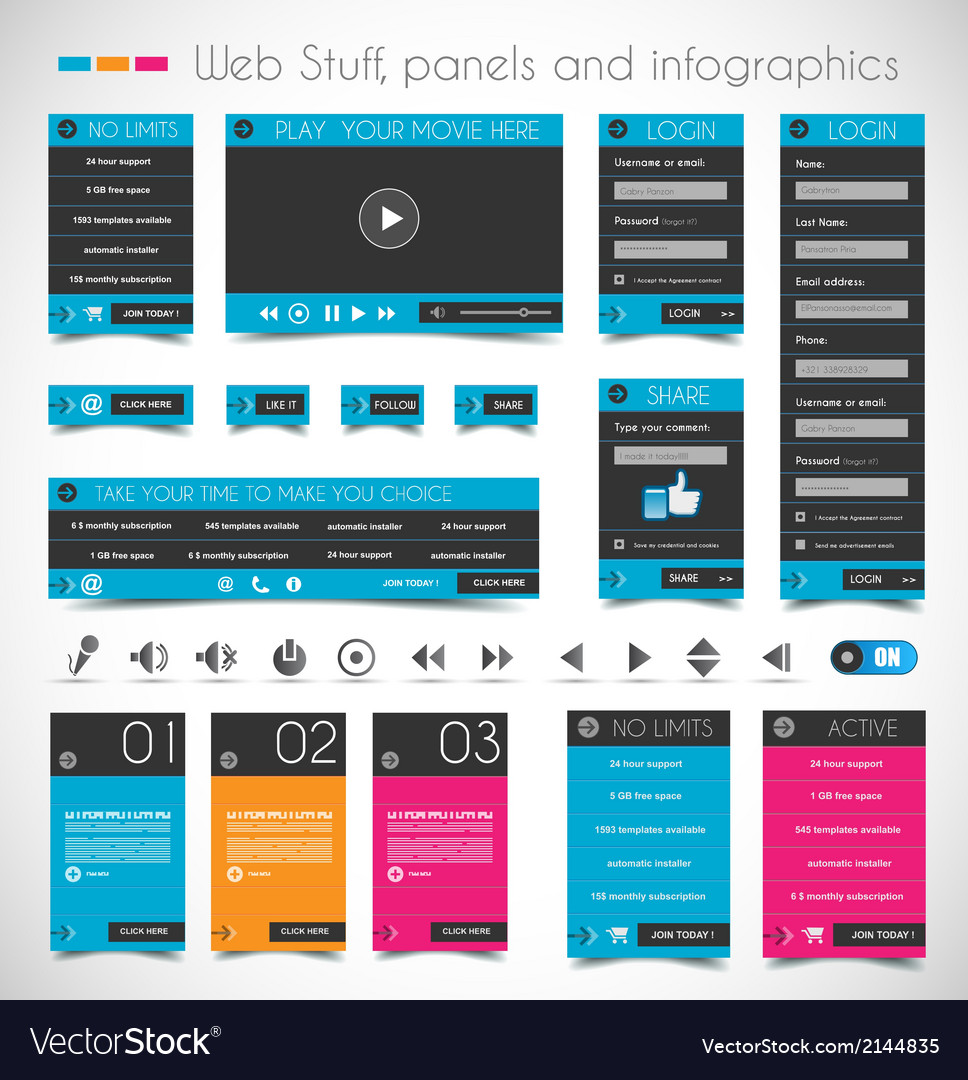Web Site Design Basics: Tips For Structure A User-Friendly Website
Web Site Design Basics: Tips For Structure A User-Friendly Website
Blog Article
Article Written By-Aguirre Skinner
When it concerns web site layout, making sure user-friendliness is essential. From responsive design to structured navigating, every element plays a critical role in creating a site that accommodates your target market's demands. Yet what regarding the finer information that can make or break a user's surfing experience? Keep tuned as we discover some often-overlooked suggestions that can boost your site's usability to the next level, making it truly attract attention in the digital landscape.
Value of Responsive Style
Receptive style is an important facet of modern-day site growth. Guaranteeing your web site is responsive methods that it can adjust to different screen dimensions and devices, supplying a smooth experience for customers.
With the raising use mobile phones and tablets to access the web, having a responsive style is essential for reaching a larger audience. It helps in enhancing user experience by making your website very easy to navigate and continue reading any device.
In addition, receptive style can favorably affect your search engine rankings, as search engines like Google focus on mobile-friendly web sites. By having a receptive layout, you're also future-proofing your internet site, as new gadgets with varying screen sizes continue to arise.
Simplify Navigating Structure
To boost user experience and facilitate simple accessibility to information on your internet site, improving the navigating structure is critical. When developing your website, focus on developing a clear and intuitive navigating menu that assists visitors discover what they're trying to find rapidly.
Limit the number of menu things to the basics, organizing related web pages together to avoid frustrating users. Use detailed labels that plainly show the web content of each page, making it simpler for customers to comprehend where each web link will certainly take them.
Take into consideration applying dropdown menus for subcategories to prevent cluttering the main navigating bar. In addition, include a search bar prominently on the web page for individuals that favor looking for particular information.
Prioritize mobile responsiveness in your navigation layout to ensure easy accessibility on all devices.
Enhance Page Lots Speed
Improving web page lots rate is important for preserving visitors on your web site. Slow-loading pages frustrate customers and can cause high bounce rates. To maximize page tons rate, beginning by enhancing images. Press pictures without compromising top quality to minimize their file dimensions.
In https://beckettsnhbw.is-blog.com/37529007/changing-concepts-right-into-reality-excelling-in-site-development , enable internet browser caching to keep often accessed sources in your area, speeding up lots times for returning site visitors. Minify CSS, JavaScript, and HTML data by getting rid of unnecessary personalities, comments, and format, boosting tons rate.
Think about using a content shipment network (CDN) to disperse your site's material throughout several web servers worldwide, lowering latency for users accessing your site from various places. Last but not least, limit making use of third-party scripts and plugins, as they can significantly influence tons times.
Conclusion
Finally, by incorporating responsive design, simplifying navigation, and enhancing web page load rate, you can create a straightforward site that appeals to a bigger target market and improves customer experience. These essential elements make sure that visitors can easily accessibility and browse your website across different gadgets, resulting in increased involvement and contentment. By concentrating on these crucial facets, you can build an effective site that keeps users returning for even more.
